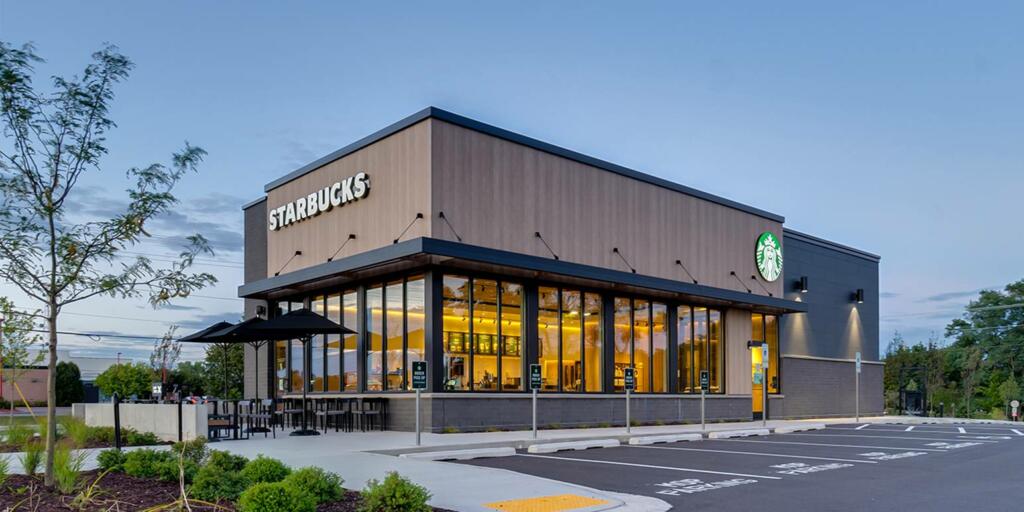Some products are about utility and a few others are about aesthetics, beauty and fine consumer experience. A Chinese smartphone may have the same utility as an iPhone but given the user experience and aesthetics, people aspire to purchase Apple products. The same applies to many other companies that sell their products on basis of consumer experience, not only utility and one such company is Starbucks.
People do not come to Starbucks to have a quick coffee but to take the “Starbucks Experience”. The name Starbucks is as much associated with Howard Schultz as much as Apple Computers with Steve Jobs. Like Jobs, Schultz came from a poor family but went on to create one of the most iconic and luxurious brands, and just like Jobs, he also left (in the case of Jobs it was a forced exit) the company only to come back to rescue it.
Starbucks was not founded by Schultz but by Jerry Baldwin, Zev Siegl, and Gordon Bowker at Seattle’s Pike Place Market in 1971. Schultz joined the Starbucks as an employee and rose through the ranks and was impressed by the Italian coffee culture during a business trip to Milan and wanted to replicate the same in the United States. When the founders did not listen to the his idea, Schultz left the company to start his own venture and later when Starbucks went bankrupt, he bought it from the founders.
And then stared the journey of Starbucks as “coffee experience”. Starbucks follows the mantra, “To inspire and nurture the human spirit- one person, one cup, and one neighborhood at a time.” Rather than focusing on big-picture items like how many cups of coffee they sell or how many locations they have, they focus on pleasing one customer at a time.
This brand mantra is reflected in how Starbucks operates. To ensure that a customer is always happy with their experience, they provide uniformity across all of their locations. Customers can go to any Starbucks — whether they’re in Seattle, Washington or Binghamton, Alabama — and get the same high-quality coffee and customer service. In doing so, they build brand loyalty.
Sometimes customers don’t know what they want. In recent history, this approach in North America is most famously represented by Starbucks. Coffee used to cost a quarter. Starbucks turned that market on its head in a five-year span, making high-quality coffee accessible to everyone, with comparatively high prices to match. They created an industry of “affordable luxuries” with the mantra of being “everyone’s third place” after home and work. But if you had polled people in 1985 about whether they wanted to pay $5 for coffee, the answer would have been a flat no.
The company did very well under Schultz, who was chief executive officer from 1986 to 2000 and passed the mantle. Jim Donald served as chief executive officer from 2005 to 2008, orchestrating a large-scale earnings expansion but under his tenure, the experience of Starbucks became what Schultz called “The Commoditisation of the Starbucks Experience,”.
Schultz returned as CEO during the financial crisis of 2007–08 and spent a decade successfully rebuilding the Starbucks experience with replacement of automatic espresso machines with human process and extensive training of workers to improve the customer experience. He also shut down many branches of the company and rebuilt the luxurious experience at exclusive locations that was USP of Starbucks. Kevin Johnson, the current CEO, succeeded Schultz in 2017 and he is successfully carrying the legacy of building “affordable luxury” juts like Schultz or Steve Jobs.
Also Read: How Dairy Milk became the ‘Facebook’ of chocolate industry
